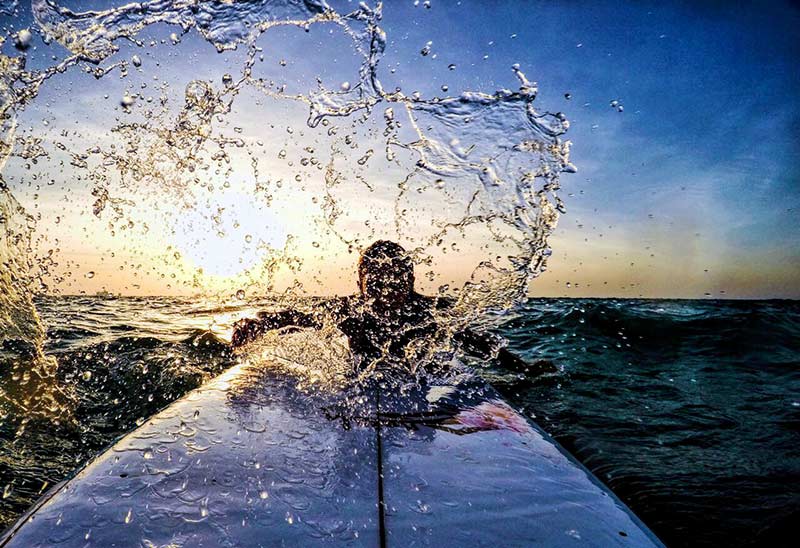
As summer winds down and the air around us begins to cool off, many begin to make the switch of heading back indoors. While many are off getting ready for the back to school season, many seasoned surfers take advantage of the open water. Beaches here in the NYC metro area, and even on Long Island, are often filled to capacity (especially this season) during the summer months. But once summer dies down, and many are back to school and work, many still take to the beach to enjoy the surf. However, while the crowd thins out, the water temperature begins to drop as the summer fades into fall. Unfortunately, having prolonged exposure to cold wind and water can raise a person’s chance of developing surfer’s ear. However, knowing the signs and symptoms of surfer’s ear can help keep this sensitive organ healthy and functioning correctly.
Surfer’s ear, also known as exostosis, is your body’s defensive reaction to the cold. In an attempt to protect the sensitive eardrum, the body produces bony growths inside the inner ear. The bones located in the ear canal develop bony growths that don’t stop growing. In time, these growths can cause a partial or complete blockage of the ear canal. When the ear canal becomes blocked, earwax and water can become trapped within the ear, increasing the chances of an ear infection.
What are the Signs and Symptoms?
Symptoms can occur in one or both ears. However, symptoms are usually worse in one ear. This can happen to the prevailing wind direction or the side that most often strikes the water. Signs and symptoms of surfer’s ear include:
• Ears feel “plugged”
• Earwax, water, and other debris is difficult to remove
• Ear pain
• Increased ear infections
• Impaired hearing (temporary or ongoing)
• Hearing loss (temporary or ongoing)
What Can I Do to Prevent Surfer’s Ear?
Surfer’s ear is not limited to surfers, as this condition can also occur from any activity that involves wet, cold, and windy conditions. Partaking in diving, sailing, windsurfing, kitesurfing, jet skiing, and kayaking can also lead to exostosis. While avoiding surfer’s ear is easier said than done, especially if you can’t seem to pull yourself away from the water during the colder months, there are defense tactics you can employ to help fend off this condition.